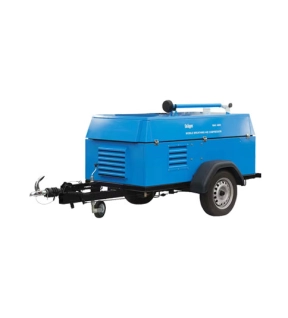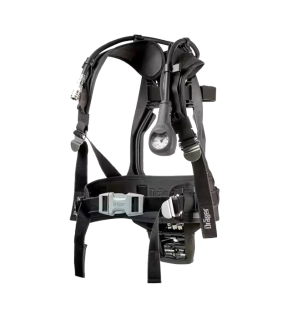
Safety & PPE
Drager Polytron® SE Ex
The Dräger Polytron® SE Ex ... DQ sensing heads are gas detectors for the continuous monitoring of flammable gases and vapours in the ambient air. Measurement is based on the heat of reaction principle where a chemical reaction takes place in a catalytic bead (also known as a pellistor) inside the sensor.
Download
Produk Lainnya
Summitech X6(5) GY
PRODUCT CODE : X6(5) GY
DESCRIPTION : 13G speckled HPPE gloves
COLOUR : GREY
SIZE : 6,7,8, 9, 10, 11
LENGHT : 215-265mm ± 10mm
PACKAGING : Bulk packed 12 pairs in a bundle • 120 pairs in a master carton
DESCRIPTION : 13G speckled HPPE gloves
COLOUR : GREY
SIZE : 6,7,8, 9, 10, 11
LENGHT : 215-265mm ± 10mm
PACKAGING : Bulk packed 12 pairs in a bundle • 120 pairs in a master carton
Drager PAS® MAC Series
Providing continuous breathing quality air to safety professionals in the harshest of environments, these Mobile Breathing Air Compressors meet the needs of single or multiple users over long durations. Available in electric- or diesel-driven versions, each of the four models is fully compatible with Dräger compressed air and airline breathing equipment.
Summitech LG F 01
PRODUCT CODE : LG F 01
COATING MATERIAL : Unsupported Natural Rubber Flocklined Gloves
LINEAR MATERIAL : Polycotton
EXTERIOR FINISHING : Wave
CUFF STYLE : Pinked
THICKNESS MM : 0.55mm ± 0.05mm
LENGTH MM : 420mm ± 10mm
COLOUR : Dark Orang / Pink
SIZE/WRIST : 8,9,10
PACKAGING : Bulk - 12 pairs per inner polybag, Pack - pair packed, 120 pairs in a master carton
COATING MATERIAL : Unsupported Natural Rubber Flocklined Gloves
LINEAR MATERIAL : Polycotton
EXTERIOR FINISHING : Wave
CUFF STYLE : Pinked
THICKNESS MM : 0.55mm ± 0.05mm
LENGTH MM : 420mm ± 10mm
COLOUR : Dark Orang / Pink
SIZE/WRIST : 8,9,10
PACKAGING : Bulk - 12 pairs per inner polybag, Pack - pair packed, 120 pairs in a master carton
Drager PSS® 3000
The Dräger PSS® 3000 is a new generation of high performing breathing apparatus for industrial applications. Combining comfort with exceptional performance, it is designed for applications where simplicity and ease of use are essential. Lightweight yet robust, and easy to wear, this advanced breathing apparatus provides the ultimate in breathing protection.





